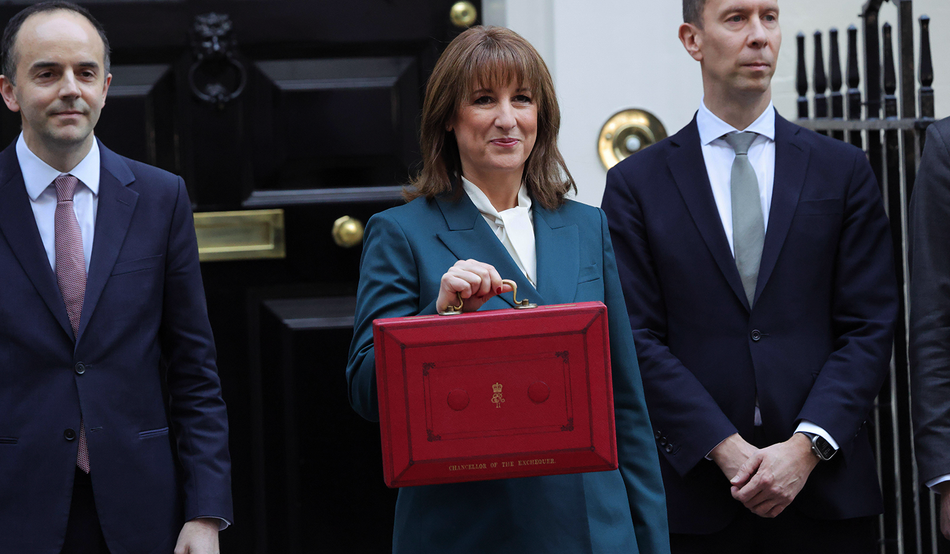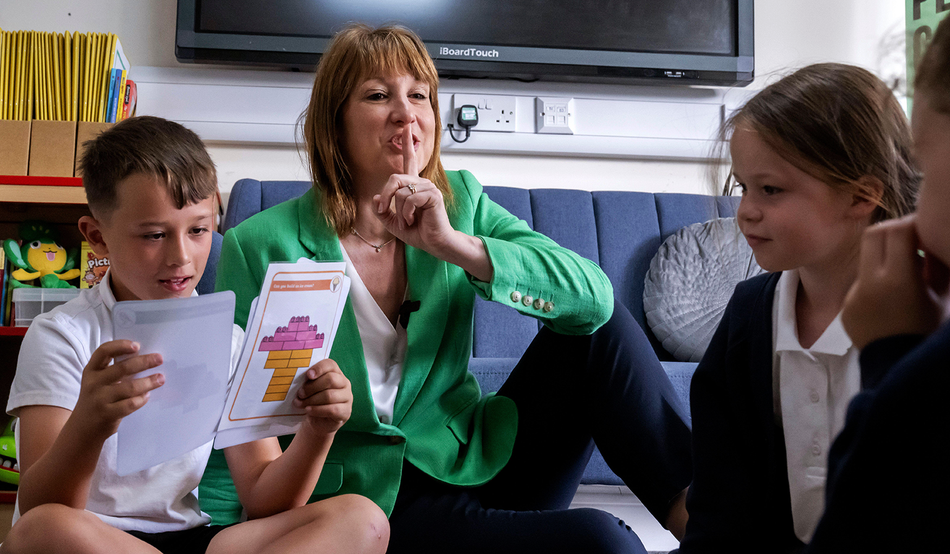Keir Starmer’s government has today taken decisive action by abolishing the two-child limit. This cruel, poverty-producing policy was announced by George Osborne in his July 2015 emergency budget. It quickly became totemic. The limit and its sister policy, the benefit cap, served as performative enactments of Conservative politicians’ commitment to denigrate “welfare” and the lives of those who receive it.
The two-child limit stops means-tested government support at the first two children in a household. The benefit cap, meanwhile, sets a total limit on the social security a household can receive if no one in that household is on disability benefits or working (which is judged as being employed for at least 16 hours at the national minimum wage). Both policies did important rhetorical work during the austerity years, stigmatising people who rely on social security for all or most of their income.
That it has taken a decade to get rid of a measure rightly described as the “worst social policy ever” by the child poverty expert Jonathan Bradshaw speaks to the apparent effectiveness of that storytelling around welfare. As does the fact that the benefit cap remains in place. Certainly, Labour has been very cautious here, seeming reluctant to appear “soft”. It was disappointing to see the Chancellor, Rachel Reeves, recycle some very old tropes about broken “welfare systems” in her budget speech, and to hear tabloid-friendly announcements about reforming Motability schemes so disabled people can no longer purchase luxury cars.
But Reeves’s narrative on the two-child limit was spot on, making an impassioned case for ending the harms which came with it. Repealing the two-child limit will cost the Treasury an estimated £3bn in the 2029-2030 financial year, but it will lift an estimated 450,000 children out of poverty overnight come April, when the limit will be scrapped.
The budget did also include some welcome additional support with the cost of living, such as increases to the minimum wage, the freezing of rail fares and prescription costs, and some help with energy bills. The latter will save an average family an estimated £150 each year year. It is the two-child limit that delivered the biggest investment, and will make the most difference, however. A family with three children could receive an extra £3,500 a year, or almost £300 a month from next April.
Social policy experts are typically dismissive of the notion of silver bullets, but lifting the two-child limit will immediately provide an income boost to families struggling to get by. It will also, at least partially, reinstate the relationship which should exist between the support a family is entitled to, and the needs that they have. These vary according to things like housing costs, disability and—of course—number of children. This link was dismantled by the two-child limit, but also by the benefit cap. The next challenge must be to get Labour to also abolish the cap, through which thousands of families are forced to subsist far below the poverty line. This is especially so for households paying high rents—most of their social security support ends up going straight to private landlords.
As part of a team of academic researchers, I led an investigation into the impact of the two-child limit and benefit cap on families with three or more children. The conclusion was simple: both policies fail on their own terms, even as set out by the government that introduced them. And both policies are causing harm to children and their families. In interviews, we heard devastating accounts of children trying to protect their own parents by, for instance, not letting on that they needed new shoes because there just wasn’t enough money for another pair. We heard from mothers forced to dispense with the tradition of a bedtime bath and story, because they needed to trail round the local supermarkets sweeping up food discounted at the end of the day instead.
Just last week, I spoke to Ashley, a parent who takes part in Changing Realities, a collaboration of more than 200 parents from all four UK nations living on a low income. Ashley has three girls, and the two-child limit means she receives no support for her youngest child who has additional needs. When we spoke, it was during a cold snap, and Ashley told me, “Right now, it’s freezing where I live and it’s the middle of the day but me and my 17-year-old daughter are huddled up in bed together as I can’t afford to put the heating on, and I know it’s going to get even colder this evening.”
The two-child limit will stay in place until spring; families with three or more children still face a long, hard winter. There is at last the prospect of real and lasting change, but this must be the beginning. On its own, abolishing the limit will not achieve Starmer’s more ambitious pledges to end child poverty. The UK’s first child poverty strategy in almost a decade will be published imminently, and this needs to set the UK on a path to lift all children out of destitution.
That is for tomorrow, however. Today, we should applaud the government for doing the right thing. Ashley, for one, told me what the impact of this change would be for her: “If the government were to lift the two-child limit… it would mean that when the unexpected happens, I wouldn’t be pushed into crisis, and I wouldn’t be constantly worrying about where I find the money for the next bill.”
My own hope is that, in the months to come, we can look back on the scrapping of the limit as a watershed moment, which created the drive for sustained, ambitious action to end the scourge of child poverty. Wouldn’t that be change worth voting for?












